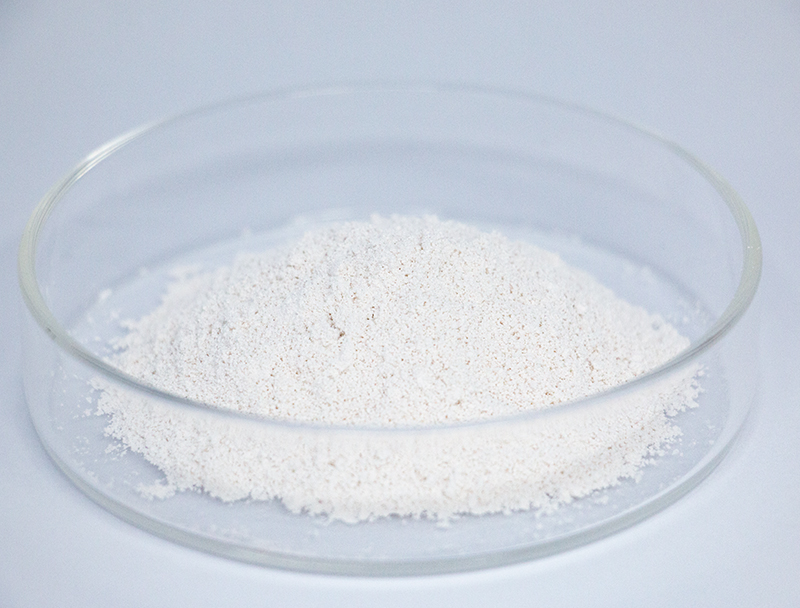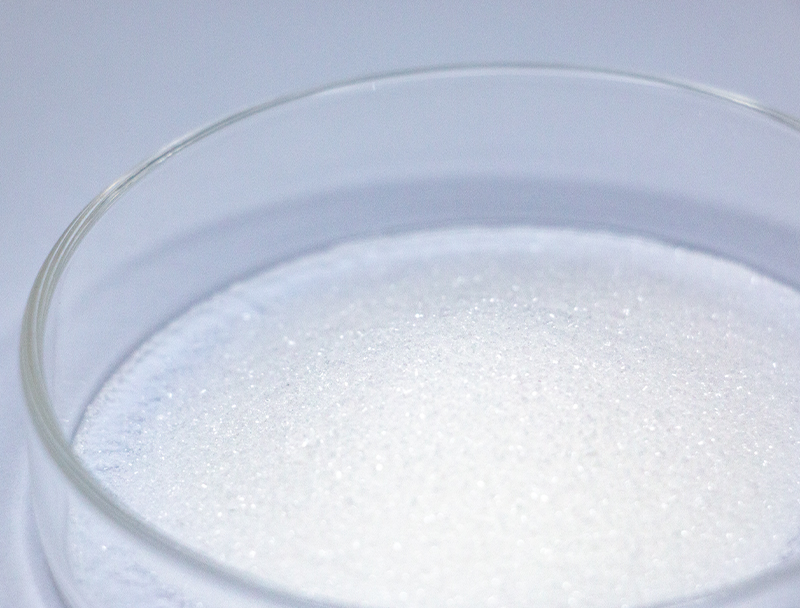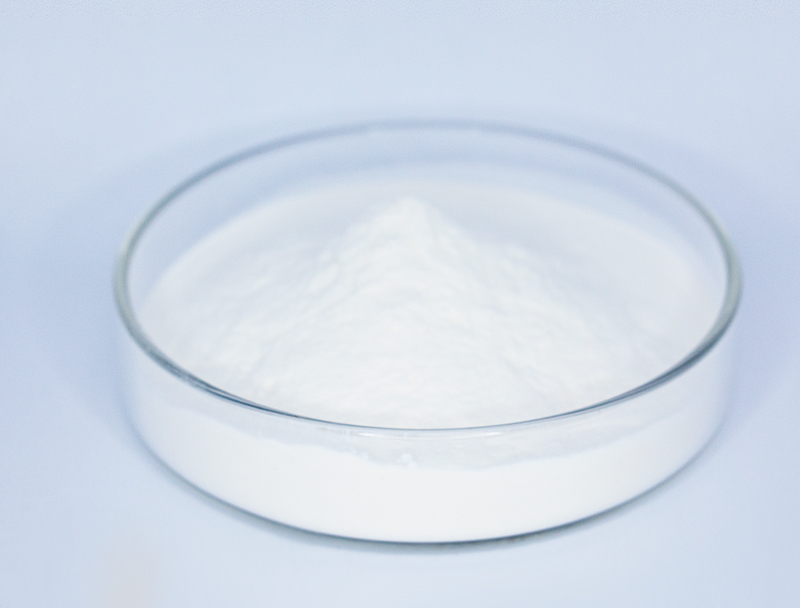
Biomanufacturing relies heavily on a comprehensive selection of feedstocks to create novel bio-derived items.
Ensuring durable supply chain sourcing is critical to longevity and principled development in the sector.
a range of complications linked to historic procurement practices such as ecological damage and resource depletion. Accordingly, manufacturers should embrace green sourcing tactics to shrink their ecological impacts.
- Examples of sustainable sourcing practices include:
- Adopting organic-origin materials from crop remnants
- Applying zero-waste frameworks to limit waste and optimize resource use
- Connecting with nearby vendors prioritizing responsible supply
Transitioning to green supply models secures ecological benefits and economic upside.
Advancing Biomass Preparation for Elevated Biofuel Production
Optimizing biofuel yields depends strongly on feedstock quality and makeup. Scientists are constantly exploring novel strategies to optimize these feedstocks, facilitating elevated yields and a renewable energy transition. Strategies feature genetic optimization to raise biomass yield plus pretreatment to depolymerize plant polymers into sugars.
- Additionally, researchers are focusing on identifying new sources of biomass, such as algae, waste products, agricultural residues, to expand the range of sustainable feedstocks available for biofuel production.
- By means of ongoing innovation the biofuel sector can achieve substantial advances soon, shaping a cleaner energy future.

Biopharmaceutical Manufacturing: Advancements in Upstream Processing
entails beginning production stages such as cell growth and biomass recovery Contemporary breakthroughs have refined protocols and elevated product throughput.
Salient improvements involve specialized expression hosts, fine-tuned media strategies, and next-gen bioreactor concepts. These changes expand productivity and help reduce both financial and environmental overhead.
- Likewise, the move to continuous systems facilitates better adaptability and streamlined upstream production.
- Transitioning to refined production methods has the potential to overhaul the industry and expedite new treatments.

Molecular Editing Strategies to Increase Bioproduct Output
advances in genomic editing tools including CRISPR have transformed therapeutic manufacturing. Using precise gene interventions, engineers raise the output of key therapeutic proteins. The approach may facilitate scalable, low-cost therapeutic production for numerous diseases.
Applying Microbial Tools to Improve Environmental Remediation
progressive microbe-based cleanup tactics that mitigate industrial pollution. Selected microbial cultures can remediate contaminants through biodegradation pathways.. Harnessing microbe-based degradation fosters cleanup tactics that minimize environmental disruption and residual waste.. Study groups probe microbial metabolic diversity to tackle metals, persistent pesticides, and hydrocarbon spills.. Microbial cultures can function in contained bioreactors or be deployed onsite to facilitate biodegradative remediation..
Microbial remediation approaches present key benefits relative to classic remediation methods. The approach tends to lower treatment costs and avoids producing toxic residuals. Moreover, microbes can be tailored to address specific pollutants with minimal impact on non-target organisms. Research progresses swiftly to enhance microbial remediation efficiency and practical effectiveness.
Computational Biology in Drug Discovery
Computational tools have grown indispensable in the current drug discovery landscape. From target selection to safety profiling, bioinformatics empowers rapid, data-informed therapeutic design.
- By analyzing vast datasets of genomic, proteomic, and clinical data, bioinformaticians can uncover novel drug targets and predict the activity of potential therapeutics.
- Also, in silico modeling of molecular interactions accelerates optimization toward more selective therapeutics.
- To conclude, computational approaches are revolutionizing discovery and reducing time-to-patient for effective drugs.
Synthetic Biology Routes for Elevated Bioproduct Synthesis
applies assorted techniques to boost microbial synthesis of valuable compounds. Methods might combine targeted gene changes to rechannel flux, regulatory element design to control expression, and exogenous gene introduction to provide fresh capabilities.. Through strategic metabolic edits practitioners can markedly increase the synthesis of target products.
Such holistic engineering could impact many areas including medical therapeutics, agricultural outputs, and biofuel production.

Upscaling Biopharma: Obstacles and Potential Gains
Moving from bench to commercial scale creates complex challenges and valuable opportunities. Maintaining consistent product attributes with scale-up remains a central difficulty. Solving it involves resilient control frameworks, high-resolution monitoring, and modern analytical tools.

The multi-faceted nature of production steps adds complexity to scaling efforts. Translating lab methods into scalable operations needs heavy research and technology breakthroughs.. Still, the gains can be meaningful. Skilled scaling can enlarge supply, lower prices, and increase profit potential.
Different initiatives are progressing to solve scale-up constraints. Initiatives involve optimization platforms, high-resolution analytics for process control, and novel manufacturing frameworks.
- R&D initiatives significantly drive enhancements in manufacturing capacity.
- Regulators are adapting frameworks to speed authorization of novel manufacturing approaches and spur innovation.
Mapping the Compliance Environment for Safe Therapeutic Development
Creating biologic medicines requires strict regulatory controls to maintain both patient safety and therapeutic value. Biopharmaceuticals, often derived from biological sources, present unique challenges compared to traditional medications.
Institutions such as the U.S. FDA and European EMA lead in formulating regulations and benchmarks for biologic approvals..
Comprehensive testing regimens must be followed from early-stage research through ongoing post-approval monitoring.. The protocols serve to uncover safety concerns and certify that products fulfill rigorous protection standards..
Also, governing institutions evolve their strategies to respond to swift advances in biopharmaceutical science.. Measures involve adopting innovative technologies and enabling development acceleration β-Nicotinamide Mononucleotide without compromising patient welfare.

Plant-Derived Inputs for Next-Gen Bioplastics
The trend toward sustainability stimulates development of renewable material technologies. Plant-based bioplastics made from biomass feedstocks present a hopeful path to reduced plastic impact. Renewable inputs including cornstarch, cellulosic matter, and sugarcane biomass can be processed into biodegradable plastics that minimize long-term pollution.
Concurrently, several bioplastic formulations approximate conventional plastic traits and serve wide-ranging applications. Continuous R&D will drive plant biomass into scalable bioplastic manufacture and help establish closed-loop material systems.
Biotech's Role in Improving Global Health and Agricultural Resilience
Advanced biotech approaches can reshape healthcare delivery and enhance agricultural resilience. Through advancements in genetic engineering, synthetic biology, and cell therapies, biotechnologists are developing innovative solutions to combat infectious diseases, improve crop yields, and enhance nutritional value.. Illustratively, crops altered for pest resistance and stress endurance support increased harvests and diminished pesticide usage.. Also, biotechnological innovation fuels development of immunizations, antimicrobial treatments, and diagnostic platforms vital for disease control and population health.. As innovations mature, biotechnology can provide meaningful contributions toward global health and resilient food supplies for future generations.
